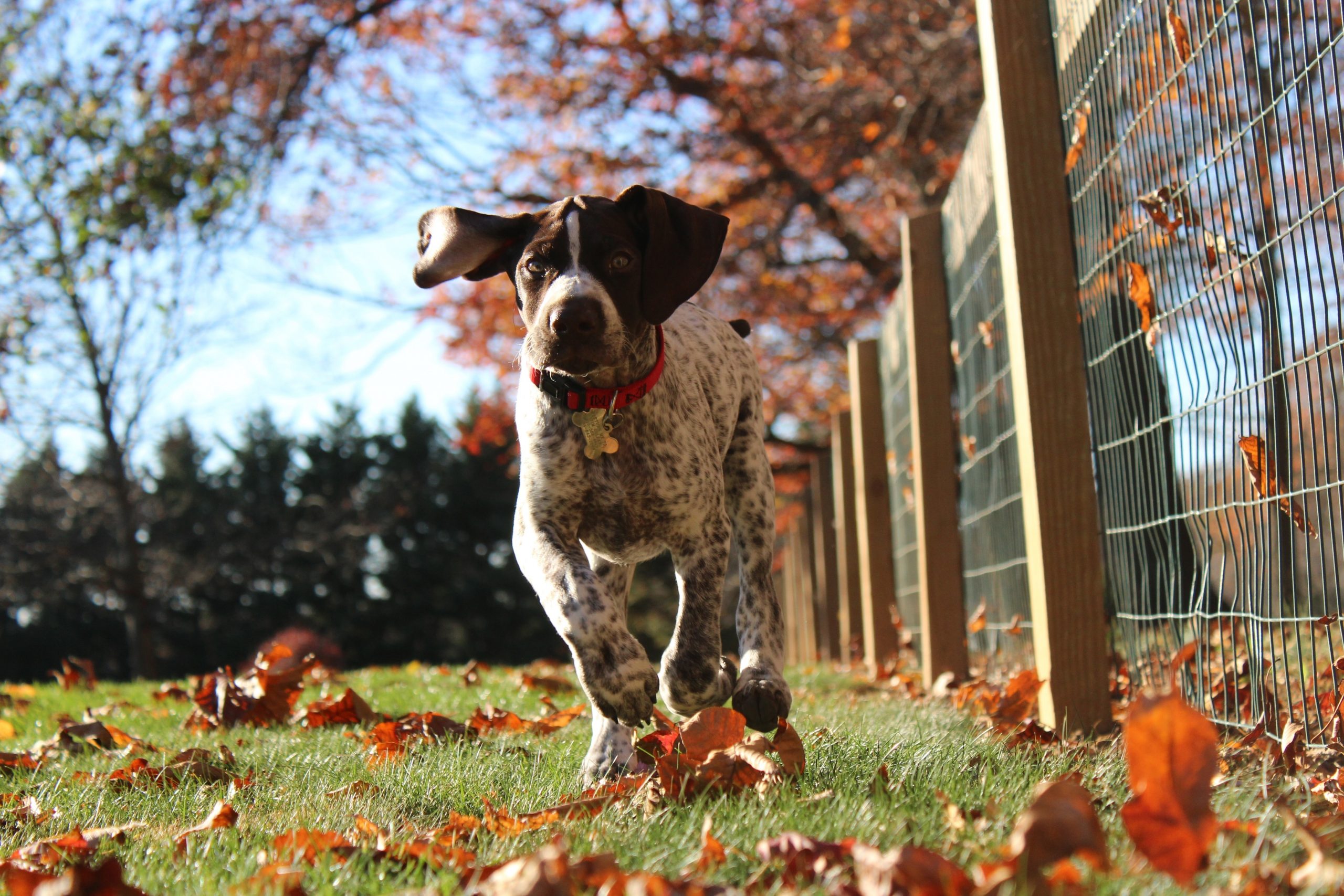The German Shorthaired Pointer (GSP) is a versatile hunting dog known for its endurance, intelligence, and athleticism. As an active breed, GSPs require significant exercise to satisfy their natural instincts and to maintain their health. This article will guide owners on the amount and types of exercise that are best for a German Shorthaired Pointer.
1. The Exercise Demands of a German Shorthaired Pointer
German Shorthaired Pointers typically need several hours of exercise each day. Due to their hunting heritage, they thrive on being active and require more than just a daily walk around the block.
2. The Role of Exercise in a GSP’s Health and Well-being
Regular and rigorous exercise is essential for keeping your GSP physically fit, mentally sharp, and behaviorally balanced. It can prevent common issues such as obesity and anxiety-driven behaviors.
3. Types of Exercise Suitable for German Shorthaired Pointers
Activities like running, swimming, hiking, and fetching are ideal for GSPs. They also excel in dog sports such as agility, tracking, and field trials, which can provide both physical and mental challenges.
4. The Importance of Mental Stimulation for GSPs
Mental stimulation is as important as physical exercise for this intelligent breed. Incorporating scent work, advanced obedience training, and interactive play can help keep their minds active.
5. Structured Activities and Training for GSPs
Structured activities such as agility courses, obedience training, and simulated hunting exercises can help channel the GSP’s energy and satisfy their working dog instincts.
6. Adapting Exercise to Your GSP’s Age and Health
Exercise routines should be tailored to the age and health of your GSP. While puppies and young dogs may have boundless energy, older dogs may require a more moderate exercise regimen.
7. Balancing Exercise Intensity and Duration for GSPs
It’s important to balance the intensity and duration of exercise for GSPs to avoid overexertion. Activities should be varied and spread throughout the day to keep them engaged without causing fatigue or injury.
8. Seasonal Considerations for Exercising Your GSP
Exercise routines may need to be adjusted with seasonal changes. GSPs can handle cooler weather well but may need special care in extreme heat due to their dense coat.
9. Recognizing Signs of Sufficient Exercise in Your GSP
A GSP getting adequate exercise will display a calm demeanor at home, show good muscle tone, and have a healthy appetite. Lack of exercise can lead to restlessness and destructive behavior.
10. The Connection Between Exercise and Training for GSPs
Exercise sessions are an opportunity to reinforce training and build a strong bond between you and your GSP. Consistent commands and routines during activities can enhance obedience and responsiveness.
Conclusion
The energetic German Shorthaired Pointer requires a dedicated exercise regime that goes beyond the average pet’s needs. A combination of physical activity, mental challenges, and structured training will ensure that your GSP remains healthy, happy, and well-behaved. Always consult with a veterinarian or a professional trainer to create an exercise program tailored to your specific GSP’s needs
Frequently Asked Questions About Exercising A German Shorthaired Pointer
1. How much exercise does a German Shorthaired Pointer need?
A German Shorthaired Pointer typically requires at least 1 to 2 hours of vigorous exercise each day. This breed is known for its high energy and stamina, making it essential to provide them with plenty of opportunities to run, play, and explore.
2. What kind of exercise is best for a German Shorthaired Pointer?
The best exercises for a German Shorthaired Pointer include running, swimming, long hikes, and retrieving games that allow them to use their natural hunting abilities. They also excel in dog sports like agility, tracking, and field trials, which provide both physical and mental stimulation.
3. Can German Shorthaired Pointers go on runs with their owners?
Yes, German Shorthaired Pointers make excellent running partners for active owners. They enjoy long-distance runs and have the endurance to match, but always ensure they are well-hydrated and check their paws for injuries after running, especially on rough terrain.
4. Are German Shorthaired Pointers suitable for agility training?
German Shorthaired Pointers are highly suitable for agility training due to their agility, intelligence, and eagerness to learn. This type of activity is not only good exercise but also provides mental stimulation and strengthens the bond between dog and owner.
5. How can I tell if my German Shorthaired Pointer is getting enough exercise?
A German Shorthaired Pointer getting enough exercise will have a calm demeanor, be free of anxious or destructive behaviors, and maintain a healthy weight. An under-exercised dog may become hyperactive, engage in unwanted behaviors, or appear restless.
6. How do I exercise my German Shorthaired Pointer in bad weather?
During bad weather, indoor exercise can include games like hide and seek, indoor fetch with a soft toy, or treadmill workouts if trained properly. Short, intense training sessions can also help to burn off some energy.
7. How do I ensure my German Shorthaired Pointer doesn’t overheat during exercise?
To prevent overheating, exercise your German Shorthaired Pointer during the cooler parts of the day, provide frequent access to water, and avoid the intense midday heat. Watch for signs of heat exhaustion, such as heavy panting, drooling, or lethargy.
8. Do German Shorthaired Pointers enjoy swimming?
Many German Shorthaired Pointers love swimming, which is an excellent form of low-impact exercise that’s especially beneficial for their joints. Always supervise swimming activities to ensure safety.
9. What are signs of over-exercising a German Shorthaired Pointer?
Signs of over-exercising include excessive panting that doesn’t resolve quickly, lethargy, limping, or a reluctance to exercise. If these signs are present, rest is needed, and it may be wise to consult a veterinarian.
10. How should I adjust exercise routines for a senior German Shorthaired Pointer?
As German Shorthaired Pointers age, their exercise needs will decrease. Senior dogs may enjoy shorter, more frequent walks and low-impact activities such as gentle fetching or swimming to maintain their health without overstrain.

 Toledo, United States.
Toledo, United States.